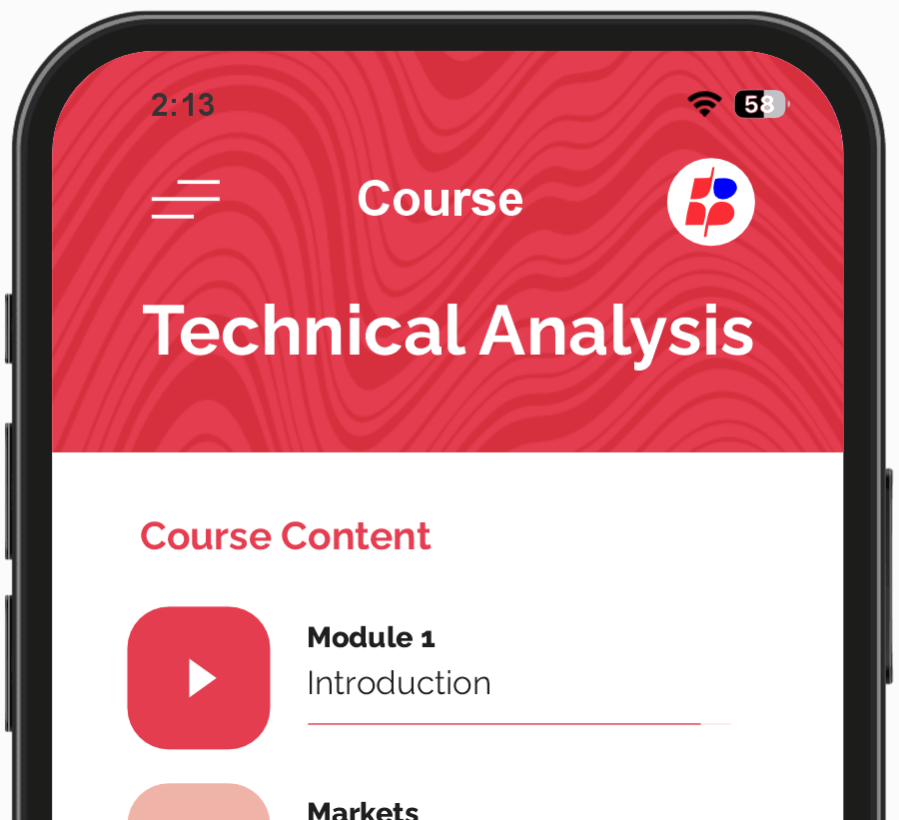Do you know you can master Forex scalping with zero spread brokers even to a point where you can easily decide on the particular one you would be going with per time?
Scalping is a short-term trading strategy aimed at making small profits from minor price movements in the foreign exchange market. It involves executing multiple trades within a very short period—sometimes just a few seconds to a few minutes.
Scalpers depend on tight spreads, high liquidity, and fast execution to capitalize on small fluctuations in currency prices.
Normally, scalpers aim for small, frequent profits rather than holding positions for longer-term trends.
This strategy requires quick decision-making, discipline, and the use of technical analysis to identify optimal entry and exit points.
In This Post
What is Zero Spread?
A zero spread in forex trading refers to a trading condition where the difference between the buying price (ask price) and selling price (bid price) is removed.
In other words, the spread is reduced to zero, meaning traders can enter and exit trades at the same price, without the usual cost associated with the bid-ask spread.
This is often seen with certain brokers offering specialized accounts designed for high-frequency traders like scalpers.
However, these accounts may involve a commission or other trading fees, but the absence of a spread can reduce the cost of trading significantly, especially when executing many trades in a short time.
Easy Steps on How to Master Forex Scalping with Zero Spread
1. Choose the Right Broker
Look for brokers offering zero spreads: Some brokers offer zero or near-zero spreads, typically in exchange for a commission or as part of a specialized account type. Research and select a reliable broker that supports scalping and provides tight spreads.
Check the platform’s speed: Scalping requires fast execution. Choose a broker that offers low-latency trading platforms (like MetaTrader 4 or 5, or cTrader).
2. Understand the Basics of Scalping
What is scalping?: Scalping is a strategy where traders make quick, small trades, aiming to profit from very minor price movements. This usually involves holding positions for a few seconds to a few minutes.
Zero spread advantage: With zero spread, you eliminate one of the primary costs of trading, making it easier to turn small price moves into profits.
3. Use the Right Indicators
Momentum indicators: Tools like the RSI (Relative Strength Index) or Stochastic Oscillator can help you identify quick price movements that are ideal for scalping.
Moving Averages: Short-term moving averages (such as the 5-period or 9-period MA) help identify trend direction and potential entry points.
Scalping-specific strategies: Consider using the 1- or 5-minute charts for entry points and exits.
4. Select a Low-Timeframe Chart
Work with short timeframes: Scalping typically occurs on very short timeframes such as the 1-minute, 3-minute, or 5-minute charts. These allow you to react quickly to price changes.
Avoid long-term chart analysis: Keep your focus on smaller movements since scalping thrives on rapid price changes.
5. Trade During the Right Hours
High volatility sessions: Scalping works best during periods of high market volatility, like when the London and New York sessions overlap (usually between 12:00 PM and 4:00 PM GMT).
Avoid low-volume periods: Avoid scalping during off-hours when the market is slow, as this can result in wider spreads and slower executions.
6. Set Tight Stop-Loss and Take-Profit Levels
Tight stops: Since you’re aiming for small price movements, set tight stop-loss orders to limit your risk on each trade.
Target small profits: Aim for modest profit targets (like 5-10 pips) per trade. Scalping isn’t about hitting big moves but rather collecting lots of small gains.
7. Avoid Overtrading
Limit your trades: It’s easy to get carried away when scalping, but overtrading can lead to significant losses. Set daily trade limits or use a specific number of trades per day to maintain discipline.
Know when to stop: If you’re having a losing streak, take a break. Scalping is highly demanding, and emotional trading can result in poor decision-making.
8. Practice with a Demo Account
Test your strategy: Before committing real money, practice your scalping strategy on a demo account with zero spread conditions to get familiar with the dynamics of fast-paced trades.
Fine-tune your technique: Use this time to adjust your indicators, timeframes, and trading plan to improve your performance.
9. Stay Calm and Focused
Develop discipline: Scalping can be stressful due to the speed of execution, but staying calm and focused will help you make better decisions.
Monitor market news: Economic reports and news can cause price spikes, which can be opportunities or risks for scalpers. Stay updated, especially when major events are coming.
10. Track Your Performance
Review trades: Keep a trading journal to track your wins, losses, and the strategies that work best for you.
Continuous learning: Scalping isn’t something you master overnight. Stay committed to learning, adapting, and improving your strategies over time.
Frequently Asked Questions
1. Is forex scalping profitable?
Yes, forex scalping can be profitable if executed with precision and discipline. Since scalping targets small price movements, the key to profitability lies in making numerous small, successful trades.
However, it also involves a high level of risk and requires quick decision-making, fast execution, and the ability to manage your trades effectively.
2. Can you scalp with zero spread accounts?
Yes, you can scalp using zero spread accounts. In fact, zero spread accounts are ideal for scalpers as they allow for tighter entry and exit points, minimizing trading costs.
However, brokers often charge a commission for trades, so it’s essential to factor that cost into your trading strategy.
3. How do I start scalping in forex?
To start scalping in forex, you should first choose a broker that offers low spreads or zero spread accounts.
Then, use a strategy that involves quick technical analysis, such as using short timeframes (like the 1-minute or 5-minute charts) and momentum indicators (like RSI or MACD).
Practice on a demo account before using real money to fine-tune your approach.
4. What are the risks of forex scalping?
The risks of forex scalping include the potential for significant losses if trades go against you, especially since you are operating on very tight margins.
The high-frequency nature of scalping also means that emotional decision-making can lead to overtrading and losses. Additionally, high transaction costs (due to commissions or spreads) can accumulate quickly.
5. What tools do I need for successful scalping?
To successfully scalp, you need a fast and reliable trading platform, low spreads, a solid internet connection, and the right technical indicators.
Many scalpers use tools like moving averages, RSI, and Bollinger Bands to help spot short-term trends and reversal points.
Additionally, a strategy for risk management, such as setting tight stop-loss orders, is essential for protecting your capital.




